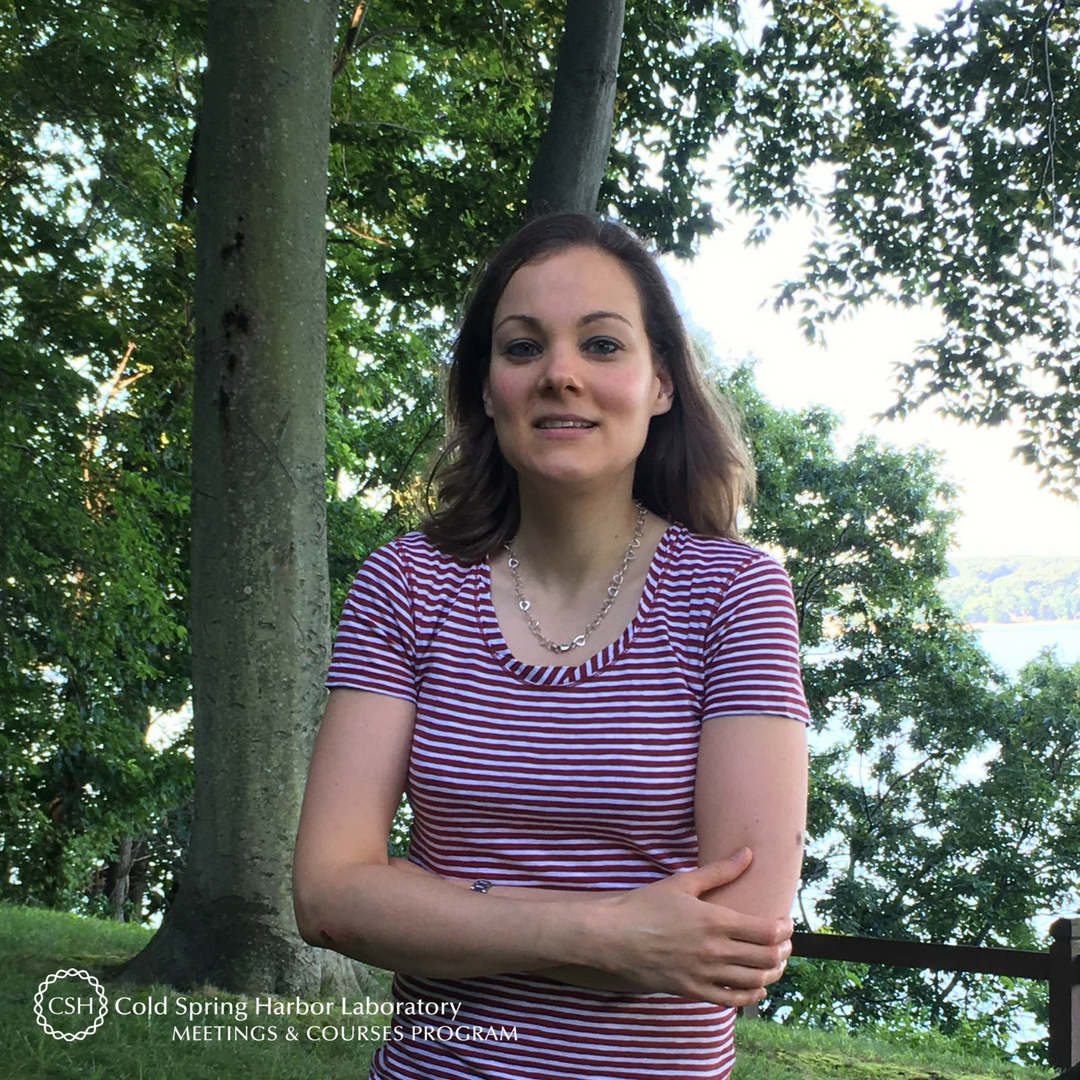Meet Bartul Mimica of the Norwegian University of Science and Technology (Norway). The Croatian national is part of Jonathan Whitlock’s lab within the Kavli Institute for Systems Neuroscience. A PhD student, Bartul has spent the last two weeks with us at the Neural Data Science course.
What are your research interests? What are you working on?
I am generally interested in the neurophysiological bases of behavior, i.e. how individual cells encode the moment-to-moment variability in what we or others are doing. I work on several projects, but my main focus was devoted to studying the cortical representation of posture with single-unit recordings and 3D tracking (our study was published in Science last year – you can read more about the research here)
How did you decide to make this the focus of your research?
A long, long time ago – I read about the discovery grid cells with extracellular recordings and became fascinated not only with the finding, but also the method. I went to Norway to learn the method, but also stumbled upon different questions about the methodology of tracking animal behavior, which got me into what I am doing today.
How did your scientific journey begin?
It was probably an amalgam of various thought processes across a lengthy span of time, the proclivity to ask questions and seek answers (however rough the road towards them was), and then channeling those inner drives to find a niche in the job market. I also always wanted to do a job which valued curiosity and intellectual honesty. I hope others agree with me on this, too.
Was there something specific about the Neural Data Science course that drew you to apply?
Data analysis is the bedrock of contemporary systems neuroscience. In my line of work, it spills over into almost every day-to-day activity in the lab, or outside it. The range of topics and quality of speakers were irresistible, so I decided to apply. And I’m happy to say that a day did not go by without my learning something I would be able to use in my work back home.
What and/or how will you apply what you’ve learned from the course to your work?
At my home institution, we analyze electrophysiological, imaging and behavioral data, so it is fair to say everything I learned from the course can be applied to some degree in my work. A lot of the methods for extracting spike or calcium signal data that we covered during the course are already implemented in our processing pipelines. However, I think implementing pose estimation from marker-less tracking videos and analogue signal analyses will be the next steps for me and my lab mates.
What is your key takeaway from the course?
It is hard to single one thing out, but I guess generally one could say that it is crucial to have a meticulous, well thought-out plan before analyzing data or writing a paper. In this day and age, a lot of sophisticated methods are only a button-click away for ordinary users, but it is really important to get the feeling for the raw data and understand the requirements for using different analyses before doing any actual work.
If someone curious in attending this course asked you for feedback or advice on it, what would you tell him/her?
The course is very, very useful, but also rather intense. It’s definitely worth considering if you want to improve your analytical skills, the smaller-sized groups increase focus and make you progress quicker.
What do you like most about your time at CSHL?
The new friendships I gained and certainly the weather, which has been merciful compared to the Norwegian one.
Bartul received financial support from Howard Hughes Medical Institute (HHMI) to cover a portion of his course tuition. On behalf of Bartul, thank you to HHMI for supporting and enabling our young scientists to attend a CSHL course where they expand their skills, knowledge, and network.
Thank you to Bartul for being this week's featured visitor. To meet other featured scientists - and discover the wide range of science that takes part in a CSHL meeting or course - go here.




